“It’s so nice to put a face to the name!”
This is just something we say to fill space, especially in the dreaded sport of ‘networking’.
It’s a stock phrase we employ to skim over the startling awkwardness of meeting someone whose email signature you have memorised, but whose voice you’ve never heard.
Or so I thought until this week.

On Thursday night, I was privileged enough to take part in a panel discussion about the importance of local journalism right here at The Courier’s Dundee headquarters.
Around 100 people attended, from notable local figures to business owners, media workers from other organisations and, most importantly, you – our readers.
We’re passionate in this newsroom. It’s fun
As a writer, I’m much more comfortable tippy-tapping away on my laptop than speaking in front of crowds (go figure). So getting up in front of that audience was no small thing.
But despite being in a state of nauseating nervousness all day leading up to it, I had a brilliant time.
Partly, this was because of the thoughtful questions put forward by our discussion host and my fellow Courier columnist Kezia Dugdale, which covered important topics like how we build trust as a newsroom, how we find the stories that people in our region really care about, and how we use our platform to effect change in Tayside and Fife.
The discussion which ensued between myself and my colleagues Emma Thomson, Alasdair Clark and Andy Williams got quite passionate. That was good fun.
And it made me really proud to be part of a newsroom full of folk who care about doing right by this place, not just putting out a paper.
But what I enjoyed most was meeting you, our readers and subscribers.
Candid conversations with readers
This was also the part I was most nervous about, as it goes. Of course as writers we want to impress our editors, but really, we want to impress you.
You’re who we do it for. But in my day to day life, I don’t meet a lot of you. Or in any case, if I do, you don’t always tell me.
Sometimes, going to work can feel like being up on stage; “our readers” are an audience bathed in shadow.
So it was a real treat to bring the house lights up and get to hear questions from local readers about how we get people reading digitally without adopting sensationalism, or why we approach certain stories the way we do.
Afterwards, I got to have candid discussions with some of you about what you like and what you don’t; and how we can amplify some of the amazing things going on in our communities.
We discovered where there were gaps in communication; we found that sometimes, the reason we didn’t report on something was simply that we didn’t know about it.
After all, we can’t be everywhere all at once – as much as we try!
Data can’t replace human interaction
In 2025, all news organisations are data-driven, and reader data is incredibly useful to us journalists.
But in just over an hour of face-to-face conversation, I learned what numbers can’t tell us.
Not just what’s getting read and what’s not, but why.
Why you care about The Courier. Why you open up this paper, or website, or app, instead of reading a national news outlet or doom scrolling Facebook.
And it turns out lots of you read our stuff for the same reasons we spend our days writing it: We all live here.
For me, it’s what makes local news special, and just as important as national news.
We care about the things you care about, because they affect us all. Whether it’s bin collections or bus routes, cinemas or school funds, these aren’t just words on a page to us.
They’re our lives too.
Which means we’re going to go the extra mile to find out exactly what’s going on, celebrate the wins of our communities and hold power to account when things need to change.
Meeting some of you “IRL” only confirmed for me just how much that matters.
In a world where media can sow so much division, and culture wars online make every digital interaction feel heightened and fraught, there’s value in remembering that while we may hold different views, we share one very important thing: our home.
So I really do mean it when I say this:
It was so nice to put a face to the name.
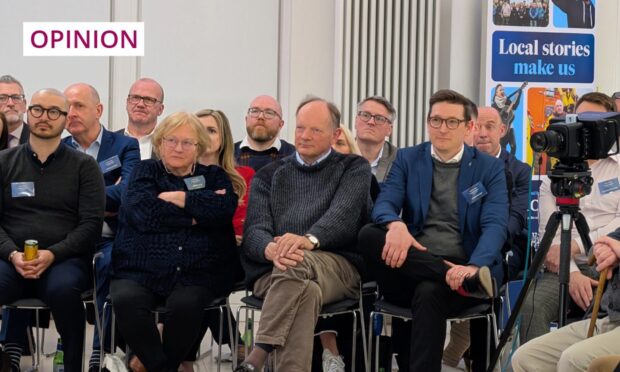





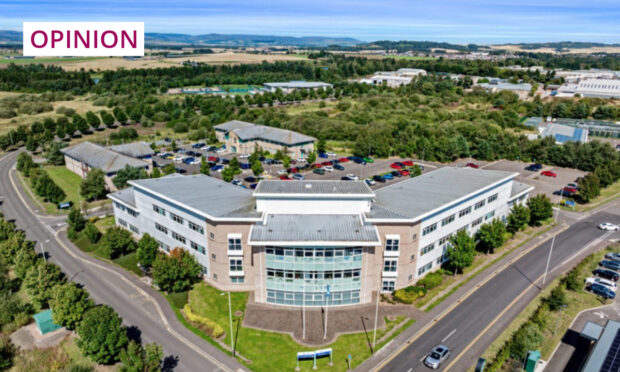
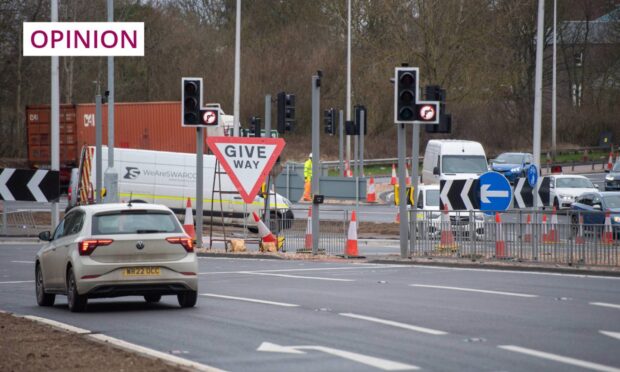
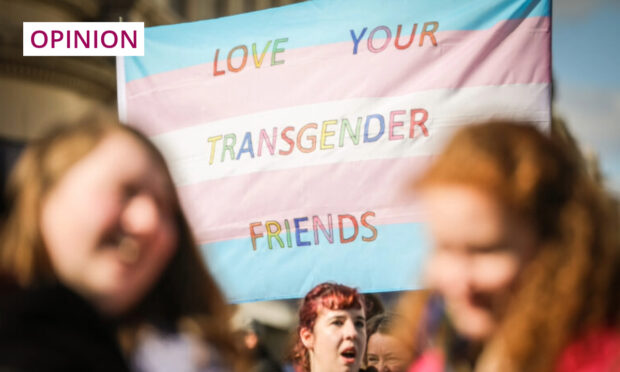
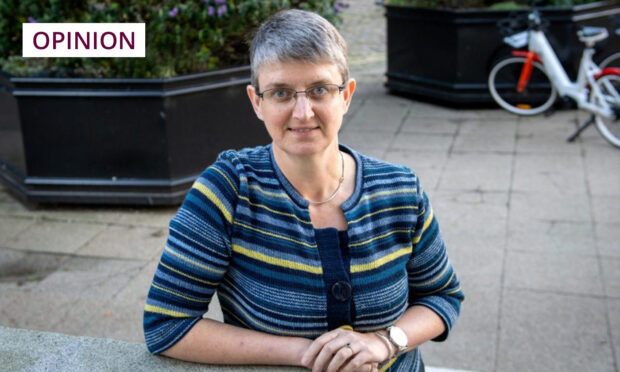
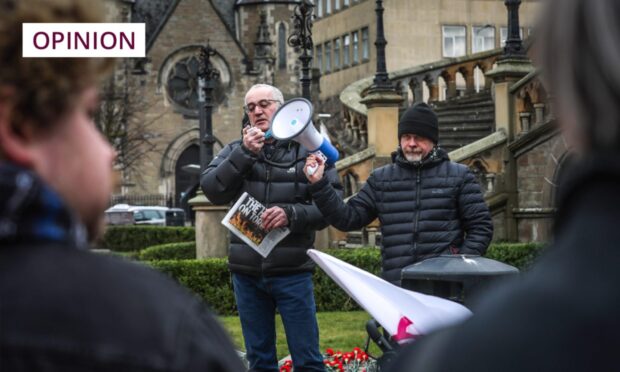
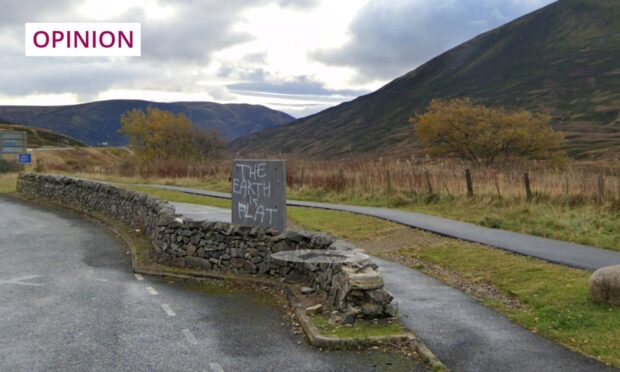
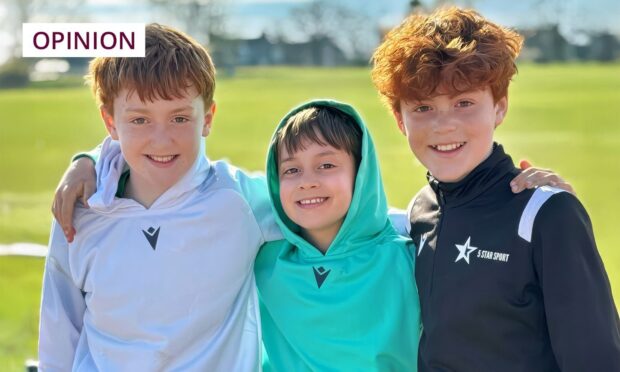
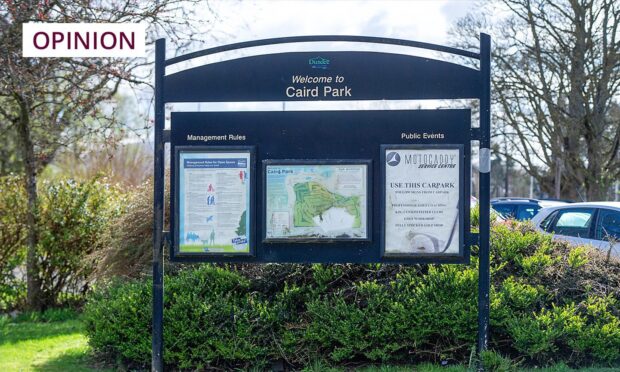
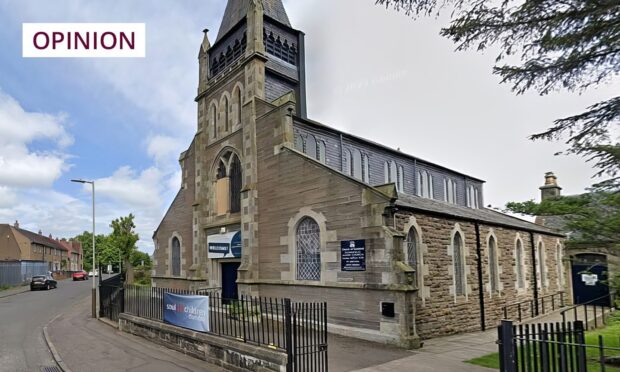

Conversation